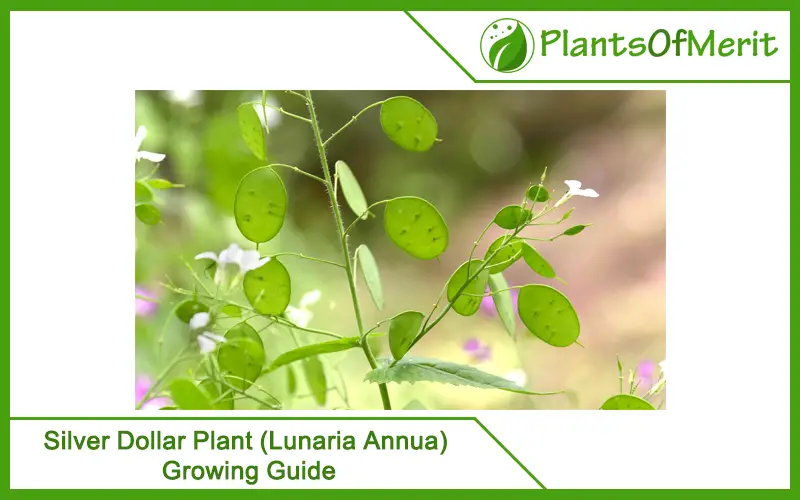Growing a plant, especially one that you don’t have much idea about involves a lot of planning, strategizing, and implementation. Unlike most other plants, the Silver Dollar plant gets its name from its unique shape and appearance. They grow from the seed pod of Lunaria annua and are a very popular option for growing in both Europe and Asia.
The Silver Dollar plant is part of the Brassicaceae family, which is commonly used for the broccoli and Brussels sprouts family. Lunaria Anna is known by multiple names, including honesty plant, and moonwort. It is a type of perennial plant and is known for its faster rate of proliferation.
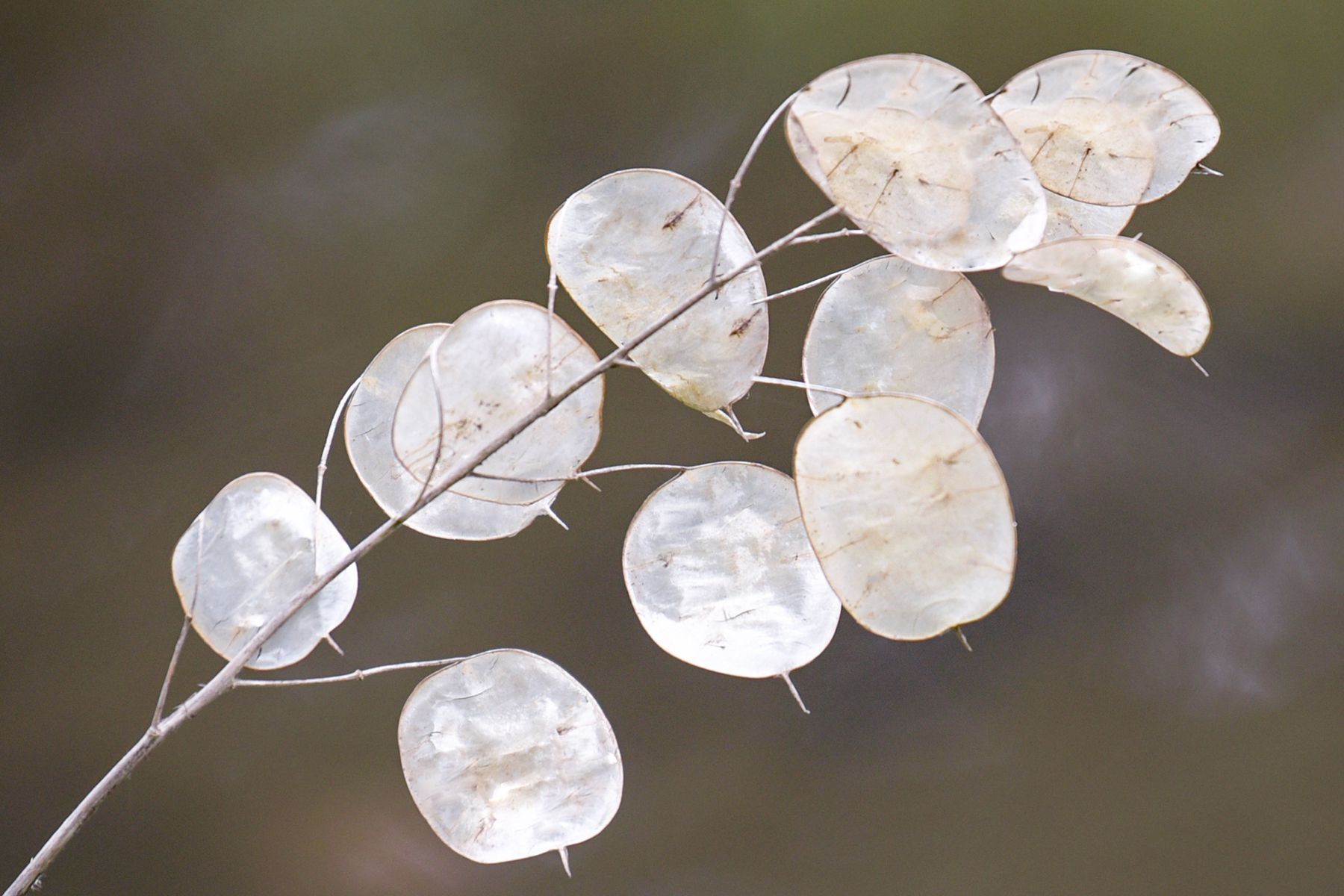
With easy growing access, the Silver Dollar plant is easy to grow, even for beginners. This is a type of flowering plant, especially when it grows between the lengths of 24-36 inches in length. If you are completely new to growing this plant, this growing guide should give you all the details that you need to know.
Silver Dollar Plant – Overview of Growing the Plant
Growing a silver dollar plant is quite simple, especially if you know the basics of the soil requirements and the weather conditions. This quick overview should give you a comprehensive idea of the same.
| Growing components | Description |
| Botanical name | Lunaria annua |
| Common name | Silver dollar plant, lunaria, money plant, moonwort |
| Plant type | Herbaceous perennial |
| Mature size | 2-3 feet |
| Sun exposure | Partial shade |
| pH | Neutral to acidic |
| Flower color | Purple, pink |
| Bloom time | Spring |
| Native area | Europe, Asia |
Knowing the Basics of Planting Silver Dollar Plant
Would you be surprised if we told you that growing a silver dollar plant is as easy as throwing it on the ground and watching it grow? Sounds too good to be true, right? That’s how it is actually, especially if you enjoy seeing bright purple blooms popping around your garden.
But, we all want to grow our plants in an organized manner, don’t we? If you are one of those people, this part of the article should give you a comprehensive outlook.
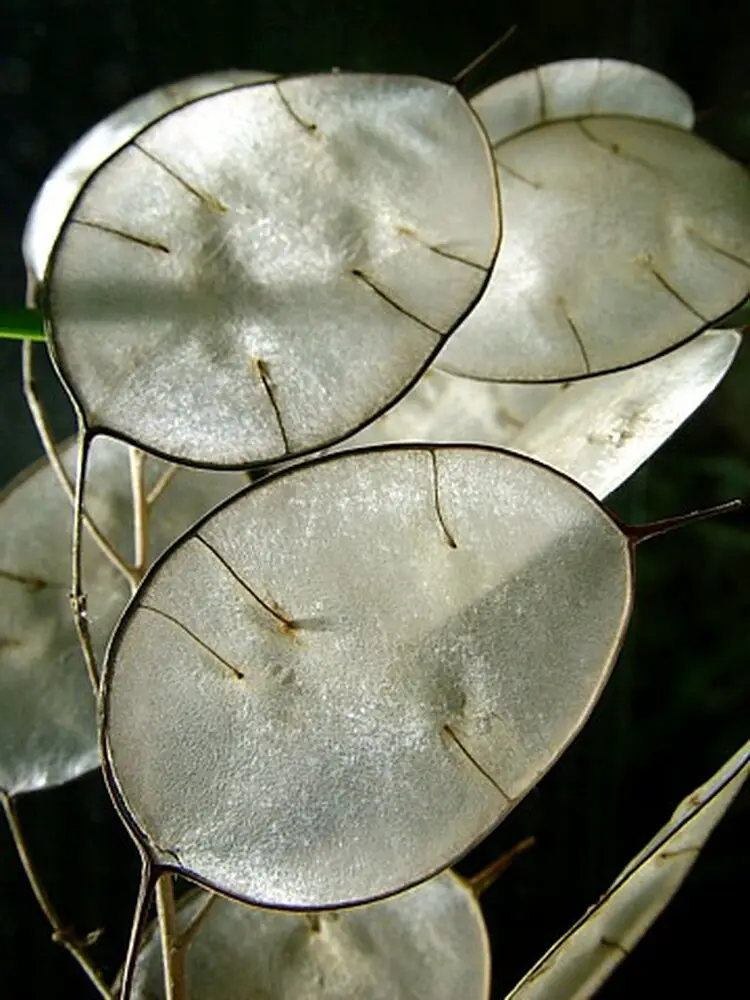
We will discuss three factors that go into growing the silver dollar plant – when, where, and how.
Let us discuss them in detail:
When should you plant it?
Lunaria is a perennial flowering plant. Does this mean that you can grow them any time of the year? Well, that’s where you are wrong. The start of the spring or peak summer months is considered ideal for growing these plants. But, since they are biennial plants, their growth pattern is comparably slower than most of the other options available. If you want to witness the flowers, you’d have to be patient for a year or so.
Where should you plant it?
The next factor worth considering is the place of the plantation. Should you select a random patch of soil and then plant the silver dollar plant? Technically, no. You need to find a space in your garden that is lightly shaded but not shedding direct sunlight on it. It is an amazing self-sowing plant, which means that you can grow it at an exponentially high rate without any complications along the way.
How should you plant it?
The last factor that you need to consider is the process of growth. What kind of care guide or growing tips should you keep into consideration? They need good air circulation between each grown plant to ensure that they grow exponentially and without unnecessary lags in the process. You can also sprinkle a good handful of organic matter around the soil for more even growth of the plants.
- Lumaria Annual Care
Now that you have a basic idea about its growth requirements, the next factor worth considering is the growing guide. In this section, we focus on finding out some of the most crucial factors involving the transplanting process, the kind of soil and light parameters the plant needs, etc.
You will often find the plants growing around the woodland borders, especially because they line the perimeter of the garden well and looks pretty enticing. With the right conditions, the plants will thrive like no other, making them an optimal growing option for beginners.
The seed pods that grow out of the flowers are what set them apart from the rest of the similar plants. You will often find them growing at an exponentially faster rate, especially around the second year once the blooming starts.
The seed pods are known as silicles, which typically start with the staple green color and then gradually shift and change their color to a lighter, almost silver shade and hence the name. It has a subtle off-white sheen to the pod, which is where it gets its name from.
Given the stunning appearance of the pods, you will often find them dried in the majority of the floral arrangements in the events that you attend.
Moving on, let us discuss the growing guide for this plant. Remember that being on par with these individual growth patterns can effectively help you understand the right parameters that you need to follow to ensure the plant grows optimally.
- Light parameters
We are talking about sunlight and sun exposure. Since silver dollar plant is highly versatile, it isn’t surprising that they can thrive in direct sunlight and even in partially shady areas. Just ensure that they get enough sunlight to grow optimally and grow brighter and more vivid blooms around.
Experts suggest ensuring that the plant is getting around 8-9 hours of direct sunlight every day. This supports the flowering process and keeps the roots strengthened.
- Soil requirements
Soil is no doubt one of the most crucial parts of growing a plant. If the soil isn’t of prime quality, it will eventually tear down the quality of the plant. Since they have a very strong rooting system, it isn’t surprising that the soil needs to be compact and deeply rooted to support the growth of the plant.
When it comes to the texture of the soil, you have to pay close attention to include a mixture of soil types, including well-drained and humusy texture. Your aim with the soil for the silver dollar plant is to have a soil type that is not waterlogged and at the same time moist and well-hydrated.
If the soil is dry and lacks enough moisture, it will dry out the roots, leading to complications relating to the growth of the plant.
- Water parameters
Next on the list of considerations is the water. How much and how often should you water the soil? Should it be every few hours, once a day, or more infrequently? The silver dollar tree needs moist soil to thrive. So, your soil should have around 1-inch of water in the soil to support optimal growth.
However, this one inch of water should be enough to get you through the week. So, you aim to stay vigilant throughout the week. If you want the water drying out quickly, you can re-water the soil to restore the moisture level. But, if the water is sufficient in the soil, avoid overwatering because that can lead to complications of root rot.
- Temperature and climate
Growing a plant is heavily influenced by the kind of climate it is surrounded with. For the silver dollar plant, it requires a somewhat warm temperature between 60-70 degrees Fahrenheit.
However, the one good thing about Lumaria is its hardiness. Once the germination occurs successfully, you won’t have to worry about maintaining the temperature settings separately, which is a big benefit to the process.
- Added support
This includes the need for compost or fertilizer. Does the silver dollar plant require external fertilizer? It isn’t mandatory but sprinkling a bed of slow-releasing fertilizer once a year in the soil bed of this plant is considered enough.
It supplements the plant with the much-needed nutrition, ensuring that the blooms come out bright and stunning the next year.
- Neighboring plants
Can you grow additional plants around the silver dollar plant? The answer is yes. The silver dollar plant isn’t intrusive to the growth of other plants, which means that you shouldn’t have any issue growing other flowering or non-flowering plants around it.
Some plants like Hakone grass and Forget Me Nots are considered ideal for growing around the silver dollar plant. Adding an herb patch is considered ideal if you want to attract necessary insects and critters into your garden.
How to Prune the Silver Dollar Plant?
Lunaria grows at an exponentially faster rate and proliferates at a rate that you normally wouldn’t expect. Their growth might seem invasive but they are far from it. With the right growing conditions, a single stem of the plant can proliferate into multiple plants.
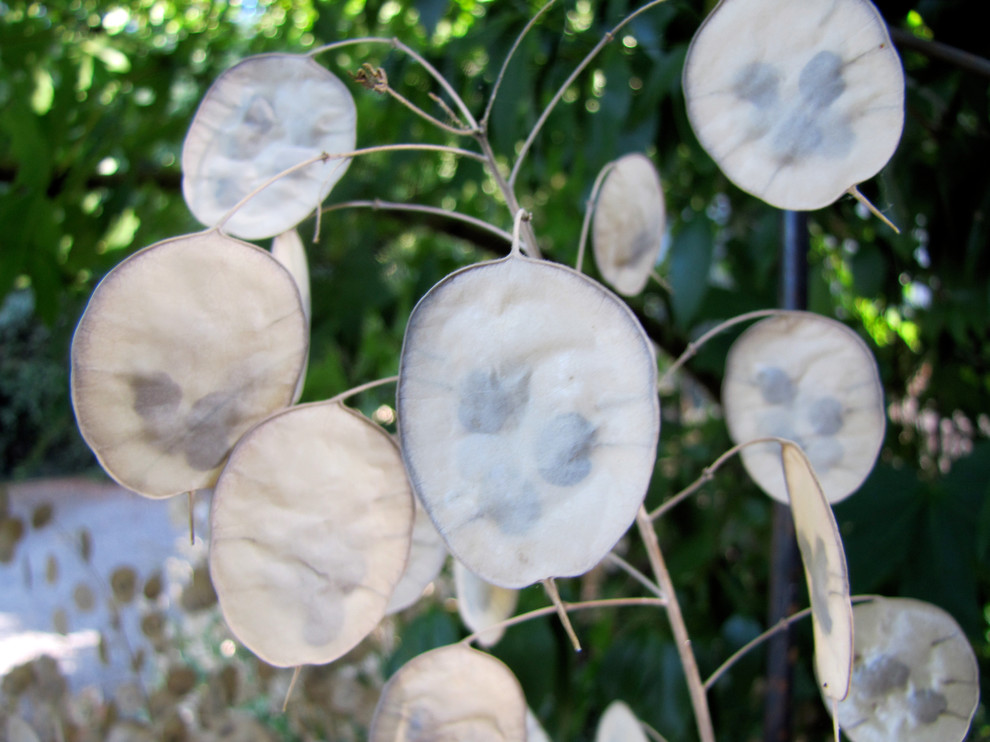
The easiest way to grow the plant in the right way is to support its growth by pruning the leaves and the overgrowing stem. Pruning should start after the seed pods are completely developed. Don’t do anything before that because that will affect the quality of growth of the plant.
How to Harvest and Store the Silver Dollar Plant?
Most gardeners and professionals grow Lunaria for the seed pod which is a crucial part of most of the dried flower arrangements in the events. So, you will often find them sold as a decorative element.
If you want to add that element of elegance to your home décor, you can harvest and dry the seed pods once they bloom in the plant. You need to wait until the seed pods are completely brown before you can go ahead and dry them.
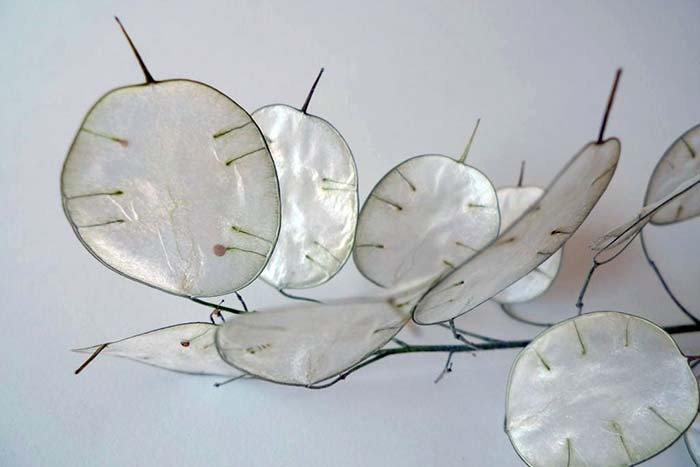
The easiest way to dry out the seed pods is by snipping the stems out of the plant and then hanging them in a cool and dry place for them to dry out. Once dried and brown, you can take out the seed pod and then rub them between your fingers.
For optimal storage, keep them in an airtight container. Avoid keeping it in a warm place in the house because that can end up damaging all the hard work that you have put into growing the plant.
What are the different Kinds of Diseases and Pests that Attack the Silver Dollar Plant?
The silver dollar plant or Lunaria is fairly a hardy and resilient plant. You won’t have to go above and beyond managing the growth of this plant, which is quite amazing.
But, nothing in this world is 100% immune to diseases and pests. Some of the common issues that you might have to look out for include:
- Aphid attacks
- Septoria leaf spot
- Clubroot
- White blister rust
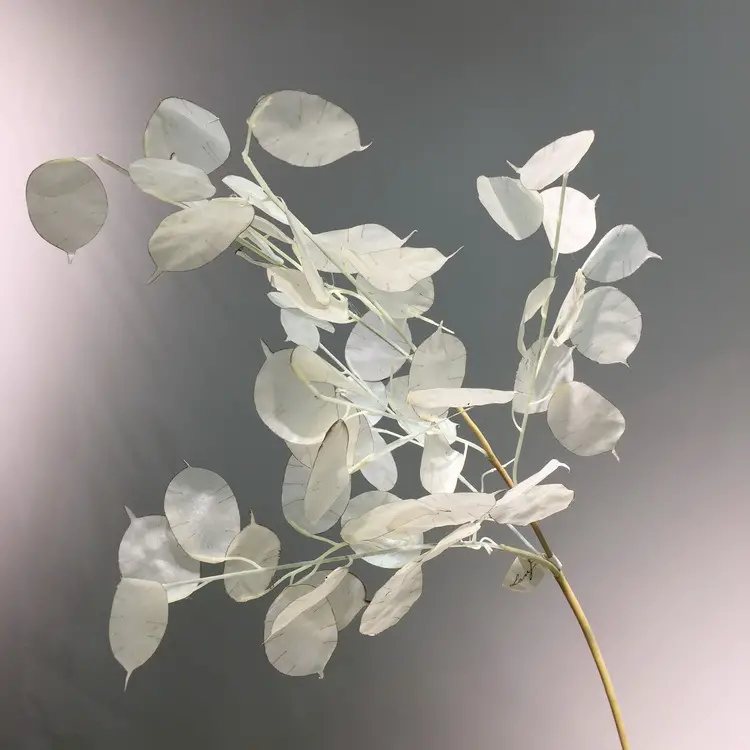
Most of them are fungal infections that directly affect the leaves and foliage of the plant. It can proactively damage the plants in the long run, something that doesn’t necessarily want to experience in the long run.
For Aphids, you can eliminate them by blasting a strong force of the water on the leaves. This should be enough to get rid of the pests from the plants.
Conclusion
For novice growers who didn’t have much idea about the silver dollar plant or Lunaria, we hope this comprehensive growing guide gives you all the insights. Ideally, you want to start small and with one or two plants to see how they germinate and grow. Once you see them flourishing, it is ideal to further expand.
FAQs
1. Should I save the seeds for planting Lunaria every year?
If you plan to expand growing more Lunaria plants in other parts of the garden, you can consider saving the seeds. However, if that isn’t the case, there’s no point in going out of your way to saving the seeds.
2. Does container gardening work with Lunaria?
The silver dollar plant grows up to 24 inches in length. So, growing them in a container is not just impractical, it is unnecessary because you will have to move them to a different spot.
3. Will I attract good insects by planting Lunaria?
The good news is that planting Lunaria brings you a herd of butterflies and bees that can help with the cross-pollination in your garden.
4. How much light do silver dollar plants need?
Silver dollar plants need around 6-8 hours of direct sunlight throughout the day. In terms of measurements, the plants typically need around 40,000 to 100,000 lux of direct, bright sunlight to ensure optimal growth without any damage to the plant.
5. How long do silver dollar plants live?
Most of the plants in the Lunaria family live up to two years, in general. The first year is when the foliage grows and flourishes. Also, the plant grows up to 6 inches in height. But, following the two-year mark, the plant perishes, especially after the foliage stops growing.
6. How often do you water a silver dollar plant?
The frequency of watering of the silver dollar plant typically depends on the season and the kind of water retention that’s present in the soil. If you feel the soil is still wet, it is ideal that you avoid any kind of rewatering until it has dried up entirely. Ideally, you want to check in weekly about the water levels and if the moisture is too high, it’s ideal to check back in later.
7. How do you prune a silver dollar plant?
If your silver dollar has become bushy and extremely unmanageable, it is ideal to start by cutting the main stem first. From there, you have to encourage the plant’s growth for up to 3 inches, following which you can further trim and shape the spindly stems from the sides.
8. Is the silver dollar plant invasive?
Silver dollar plants aren’t invasive like most perennials are. But, they do grow on their own if you spread around the seeds and the right growing conditions. One plant easily multiplies into more in no time at all. So, in that way, growing these plants might seem a little too out of control at times.

